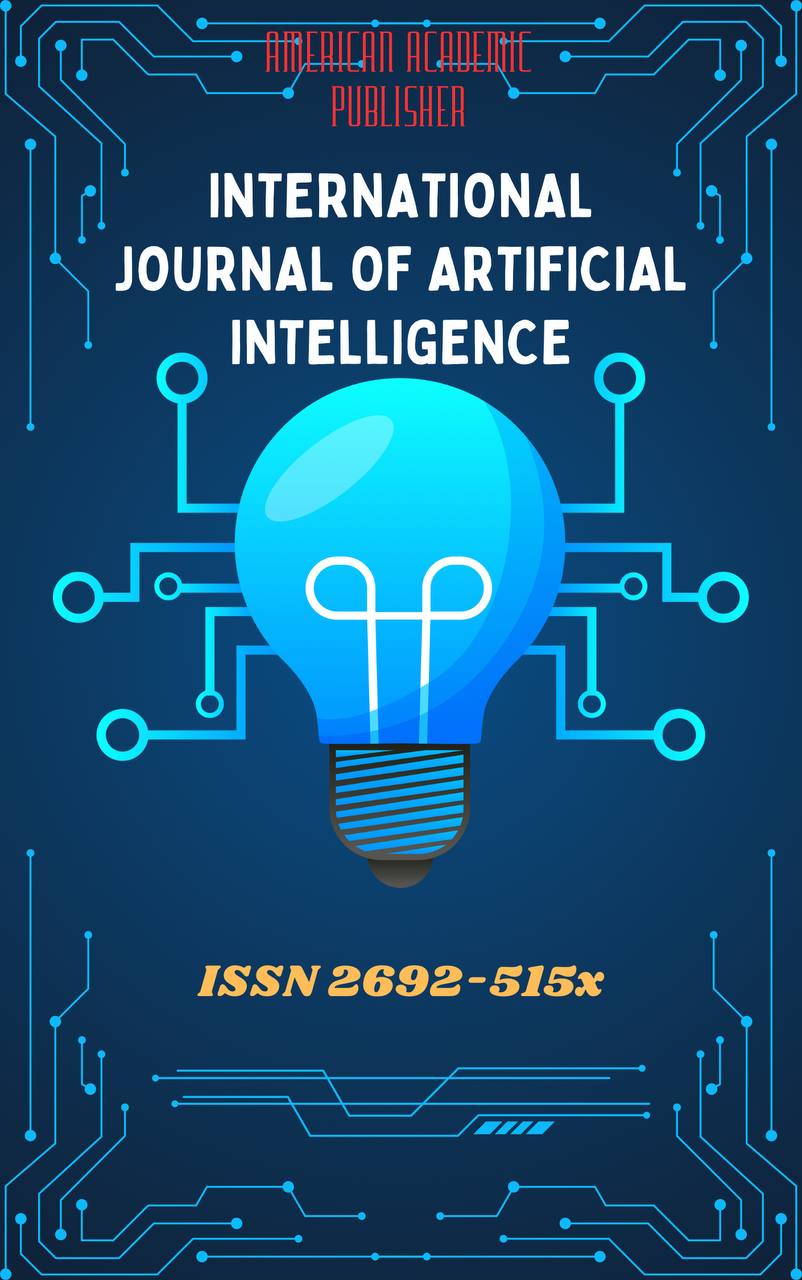 Articles
| Open Access |
Articles
| Open Access | THE ROLE OF PUBLIC ADMINISTRATION REFORMS IN SHAPING THE FUTURE OF NEW UZBEKISTAN
Muminbayev Diyorbek Jasurbek ugli , Samarkand State Medical University 4th-year student of the Faculty of PharmacyAbstract
This article explores the critical role of public administration reforms in the transformation of New Uzbekistan. In recent years, the government has launched comprehensive modernization efforts aimed at building an efficient, transparent, and citizen-oriented administrative system. These reforms are vital to strengthening democratic institutions, improving public service delivery, and ensuring inclusive development. The paper analyzes the structure, goals, and expected outcomes of these reforms while considering their broader social, political, and economic impact. It also highlights the importance of digitalization, decentralization, meritocracy, and civic engagement in shaping a responsive public administration aligned with global best practices.
Keywords
Public administration, New Uzbekistan, governance reform, digital transformation, civil service, decentralization, transparency, citizen engagement
References
The Development Strategy of New Uzbekistan for 2022–2026. Government of Uzbekistan.
United Nations Development Programme (UNDP). (2023). Supporting Governance Reform in Uzbekistan.
OECD. (2022). Public Governance Review of Uzbekistan: Towards a More Responsive and Effective Public Administration.
Mirziyoyev, S. (2021). New Uzbekistan: A Strategy of Action for National Renewal. Tashkent.
World Bank. (2023). Improving Service Delivery through Digital Transformation in Central Asia.
Transparency International. (2022). Corruption Perceptions Index and Governance Indicators in Uzbekistan.
Article Statistics
Downloads
Copyright License

This work is licensed under a Creative Commons Attribution 4.0 International License.

